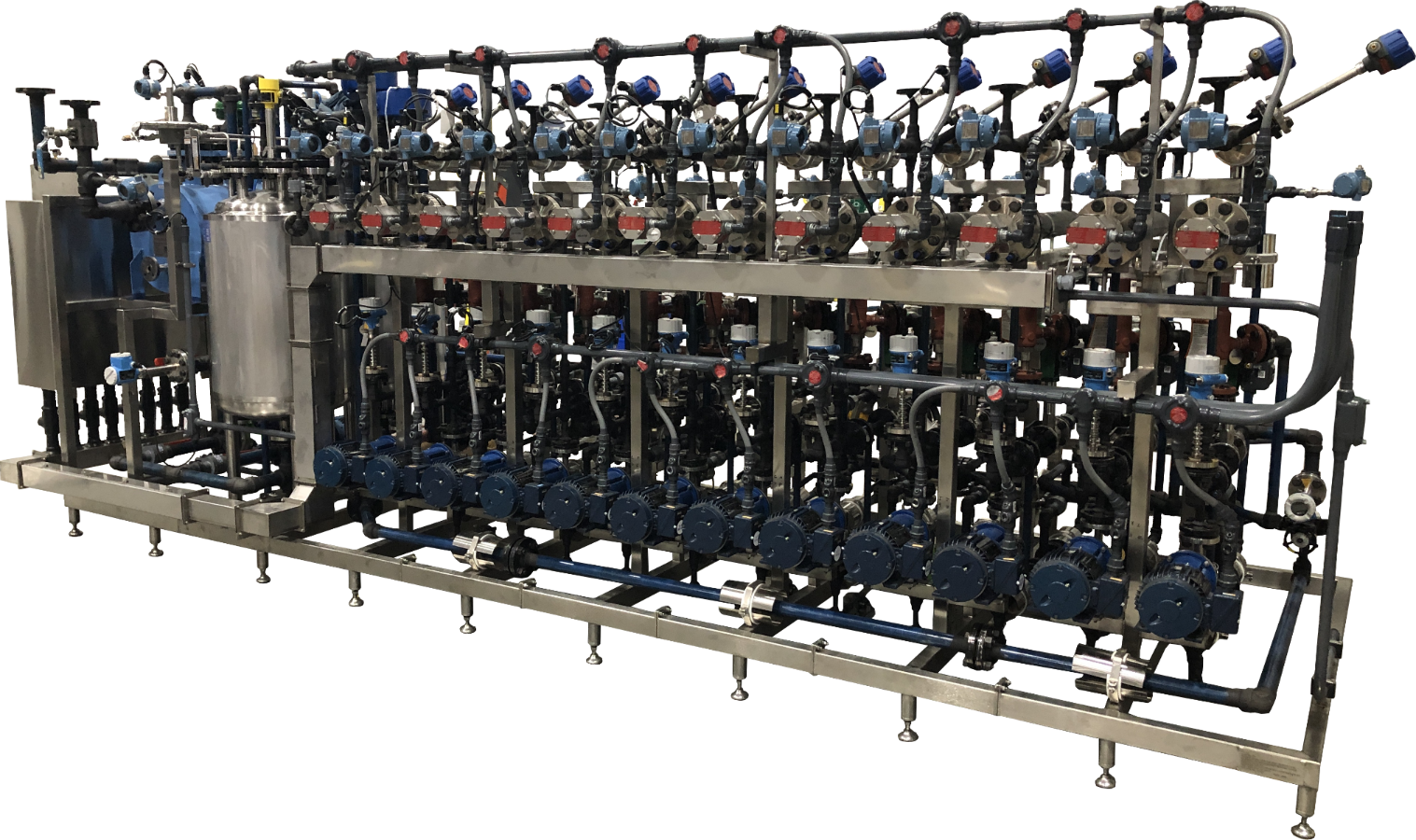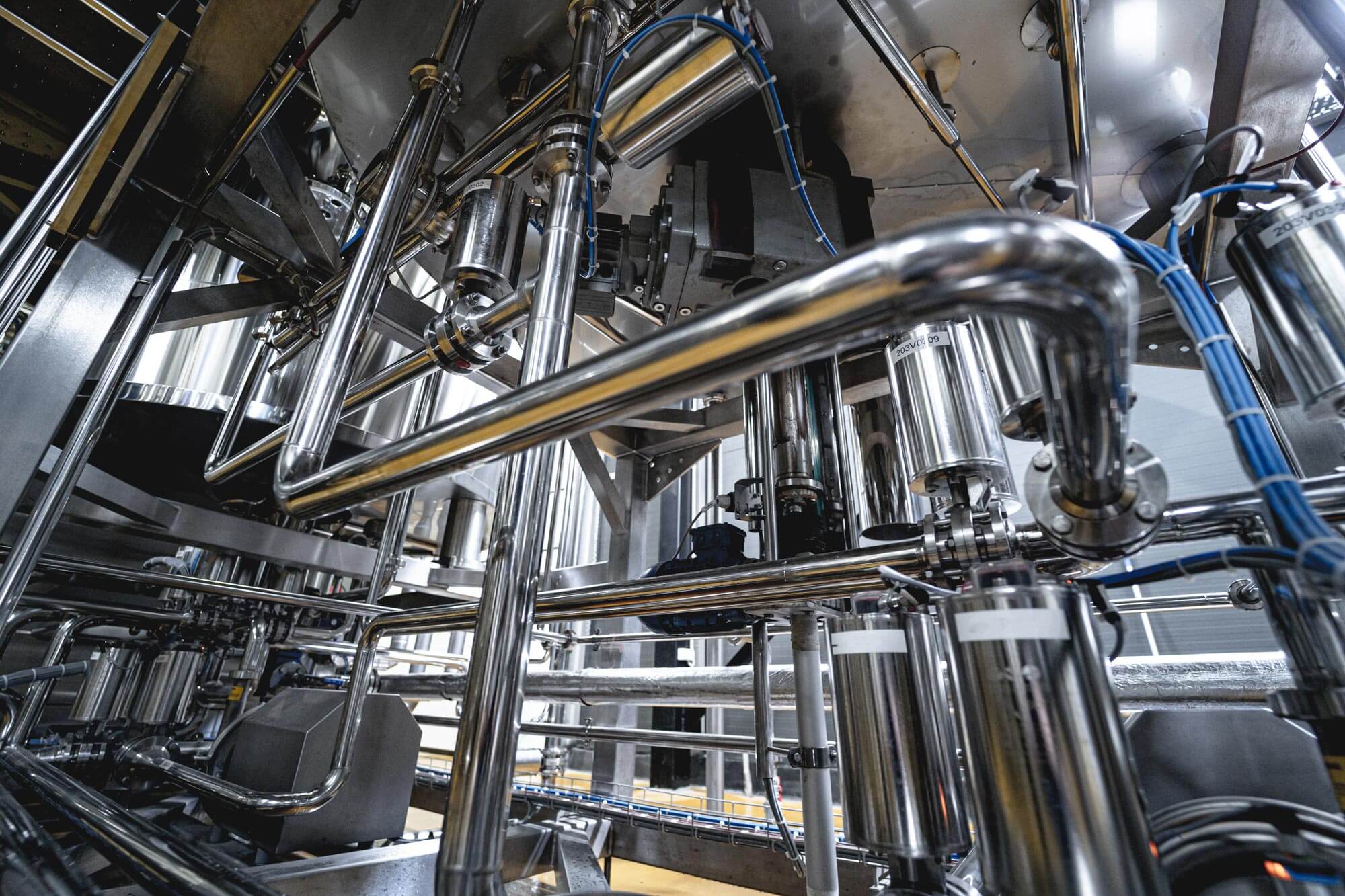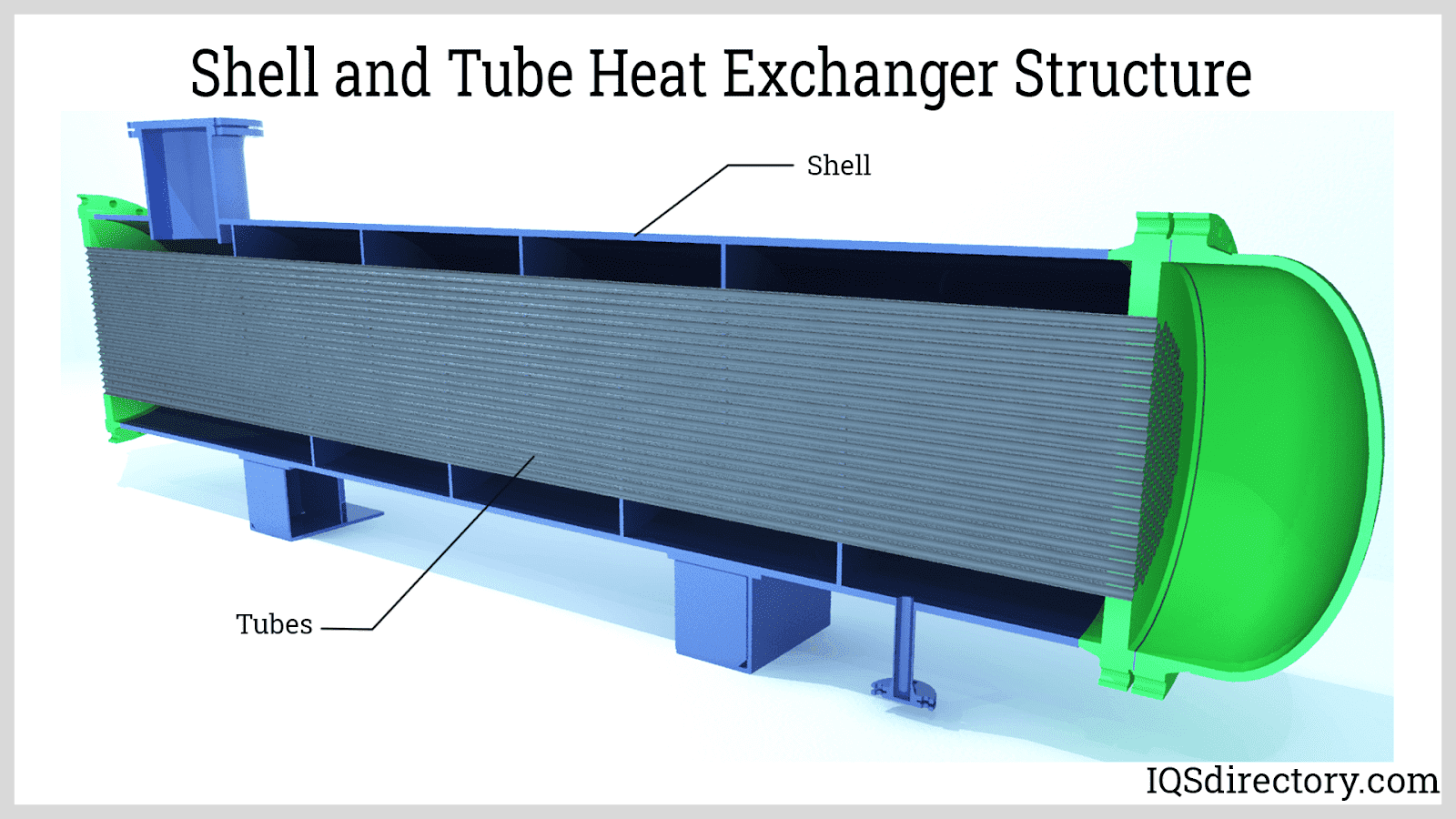A Comprehensive Overview to Selecting the Right Heat Transfer Equipments for Your Demands
Picking the ideal Heat transfer system is necessary for functional efficiency. Numerous systems deal with different demands, affected by aspects such as temperature array and liquid type. Comprehending the principles behind Heat transfer, such as convection, transmission, and radiation, is vital. In addition, evaluating power sources and maintenance methods can affect long-lasting performance. A closer evaluation of these factors to consider discloses how to customize a system to particular needs. What should one prioritize in this complex decision-making process?
Recognizing Heat Transfer: Key Principles and Principles
Although Heat transfer may seem like a simple principle, it incorporates a variety of principles that are essential for effective system style. Understanding these concepts is essential for engineers and designers who intend to enhance thermal performance in different applications. Conduction, for circumstances, entails the transfer of Heat via strong materials, while convection refers to the motion of Heat within fluids. Radiation, one more essential concept, explains how Heat can be moved through electro-magnetic waves. Each of these systems plays an essential duty in determining exactly how energy moves within a system. By completely comprehending these ideas, professionals can make informed decisions, ensuring that Heat transfer systems operate effectively and satisfy the certain demands of their applications
Sorts Of Heat Transfer Solutions: A Review
Recognizing the principles of Heat transfer prepares for exploring the numerous sorts of Heat transfer systems offered. Heat transfer systems can be categorized mainly right into 3 kinds: convection, conduction, and radiation. Conduction entails Heat transfer with strong materials, depending on straight contact in between fragments. Convection, on the various other hand, takes place in fluids (gases and liquids) where the activity of the liquid itself facilitates Heat transfer. Radiation involves the transfer of Heat through electro-magnetic waves and does not need a tool, allowing it to occur in a vacuum cleaner. Each kind of system has distinct attributes and applications, making it essential for individuals and organizations to thoroughly analyze their details demands when selecting one of the most appropriate Heat transfer remedy.
Applications of Heat Transfer Equipments in Numerous Industries
Heat transfer systems play a crucial role across numerous sectors, influencing performance and item top quality. In commercial production processes, they assist in precise temperature control, while in food and beverage handling, they ensure safety and security and preservation. Furthermore, cooling and heating and climate control systems count greatly on reliable Heat transfer to keep comfortable atmospheres.
Industrial Manufacturing Processes

Numerous commercial manufacturing procedures count greatly on efficient Heat transfer systems to optimize efficiency and boost item quality. In sectors such as metalworking, Heat exchangers play a crucial role in preserving suitable temperature levels throughout welding, spreading, and creating. These systems assure consistent Heat circulation, which is essential for accomplishing wanted product residential properties. In the chemical production market, Heat transfer systems promote specific temperature control during reactions, impacting return and safety. In textile manufacturing, reliable Heat monitoring is crucial for coloring and completing processes, affecting shade consistency and textile top quality. By picking proper Heat transfer technologies, producers can boost energy effectiveness and minimize operational expenses, eventually resulting in a more sustainable and competitive production environment.
Food and Beverage Handling
Reliable Heat transfer systems are similarly essential in the food and drink handling market, where keeping suitable temperatures is vital for food safety and top quality. These systems play a crucial duty in processes such as pasteurization, food preparation, and sanitation, guaranteeing that items are secure for consumption and preserve their dietary worth. Heat exchangers, for instance, successfully move Heat in between liquids, enhancing energy use while reducing temperature level fluctuations. In addition, refrigeration systems are basic for extending and protecting perishable products rack life. The choice of Heat transfer technology directly affects operational effectiveness and product honesty, making it essential for food and drink makers to select the ideal systems tailored to their certain handling needs. This cautious choice ultimately adds to consumer contentment and food safety and security.

A/c and Climate Control
While many industries rely upon Heat transfer systems for efficiency, COOLING AND HEATING (Home Heating, Air Flow, and Air Conditioning) plays an essential function in keeping indoor environment control throughout numerous settings. These systems utilize Heat transfer principles to control humidity, air, and temperature high quality, guaranteeing convenience and safety in property, business, and commercial settings. Effectively developed a/c systems enhance power effectiveness, lower operational expenses, and decrease ecological effect. In business structures, for example, efficient climate control adds to staff member productivity and customer complete satisfaction. In industrial applications, a/c systems help preserve excellent problems for tools operation and product preservation. Picking the ideal Heat transfer system is essential for conference details climate control demands and accomplishing overall system performance.
Examining Power Resources for Heat Transfer Solutions
In examining power sources for Heat transfer systems, a comparison of renewable resource options and nonrenewable fuel source considerations is important. Sustainable sources, such as solar and wind, deal lasting options that can minimize environmental impact. Alternatively, fossil gas stay prevalent due to their well established infrastructure and energy density, motivating a mindful evaluation of both choices.
Renewable Resource Options

Nonrenewable Fuel Source Factors To Consider
Examining nonrenewable fuel source considerations is necessary for the efficiency and sustainability of Heat transfer systems. Fossil gas, such as natural gas, oil, and coal, are standard power resources that supply significant Heat outcome, making them popular choices for household and commercial applications. Their ecological influence, consisting of greenhouse gas emissions and resource depletion, increases problems. When choosing a warmth transfer system, it is crucial to examine the accessibility, cost, and governing elements connected with these gas. In addition, the efficiency of nonrenewable fuel source systems need to be considered, as higher effectiveness can alleviate some ecological disadvantages. Eventually, a well balanced approach weighing efficiency and sustainability can lead decision-makers toward the most ideal Heat transfer remedy for their particular requirements.
Aspects to Take Into Consideration When Picking a Warm Transfer System
Picking a suitable Heat transfer system calls for mindful factor to consider of various factors that can considerably affect performance and performance. One important element is the operating temperature range, which dictates the products and layout appropriate for the application. Additionally, the kind of liquid made use of in the system-- whether gas or fluid-- impacts Heat transfer effectiveness and compatibility. The system's size great post to read and capacity must align with the certain requirements of the procedure to stay clear of inadequacies. Power resource schedule is also vital, affecting operating costs and sustainability. Additionally, the installment environment, including space restraints and accessibility for upkeep, plays a considerable function in system choice. Ultimately, governing compliance and safety standards need to be thought about to ensure the system satisfies all legal requirements.
Upkeep and Performance Optimization for Heat Transfer Equipments
Maintaining Heat transfer systems is important for ensuring maximum efficiency and long life. Normal maintenance tasks, such as cleansing Heat exchangers and evaluating insulation, help protect against effectiveness losses because of fouling and thermal linking. Additionally, monitoring system parameters, including stress and temperature level, permits early detection of abnormalities, decreasing downtime and pricey repair services. Implementing a precautionary maintenance timetable can optimize performance and expand the lifespan of components. Additionally, updating to innovative control systems can enhance operational efficiency by getting used to varying problems and tons. By focusing on maintenance and effectiveness optimization, drivers can attain decreased energy intake, reduced functional costs, and enhanced overall system dependability, inevitably bring about better source usage and a much more sustainable operation.
Future Trends in Heat Transfer Technologies
As industries progressively focus on sustainability and energy performance, future fads in Heat transfer technologies are readied to undertake significant makeovers. Developments such as sophisticated products, including carbon nanotubes and nanofluids, assure boosted thermal conductivity and efficiency. Additionally, the combination of renewable resource resources into Heat transfer systems is getting energy, advertising eco-friendly solutions. Smart technologies, consisting of IoT sensors, are anticipated to transform monitoring and control, making it official site possible for real-time information evaluation for optimized efficiency. The advancement of modular and portable systems will promote easier setup and maintenance, providing to varied applications. These innovations you can try here show a change towards even more lasting, efficient, and versatile Heat transfer services, straightening with worldwide power goals and environmental standards.
Often Asked Questions
What Are the Ecological Impacts of Heat Transfer Systems?
The environmental influences of Heat transfer systems can consist of greenhouse gas discharges, power intake, and prospective thermal pollution. Furthermore, incorrect disposal of materials and inefficiencies can add to resource depletion and ecological community disturbance.
How Do I Calculate the Cost-Effectiveness of a Warmth Transfer System?
To compute the cost-effectiveness of a warm transfer system, one need to assess preliminary expenses, operational expenditures, maintenance demands, and energy effectiveness, contrasting these variables against the expected life-span and efficiency of the system.
Can Heat Transfer Equipment Be Utilized in Residential Setups?
Heat transfer systems can certainly be utilized in household settings. They provide effective heating and cooling remedies, making homes a lot more comfy while possibly lowering power prices. Their convenience enables different applications in domestic atmospheres.
What Security Rules Relate To Heat Transfer Equipments?
Safety regulations for Heat transfer systems commonly consist of standards on maintenance, installation, and procedure. Conformity with neighborhood building ordinance, producer specs, and sector requirements is necessary to ensure safe and effective system efficiency in numerous applications.
Just How Do Different Materials Affect Heat Transfer Efficiency?

Transmission, for instance, involves the transfer of Heat via strong products, while convection refers to the activity of Heat within liquids. Understanding the principles of Heat transfer lays the groundwork for checking out the various kinds of Heat transfer systems readily available. Heat exchangers, for circumstances, successfully transfer Heat in between fluids, enhancing power use while reducing temperature level changes. In reviewing energy sources for Heat transfer systems, a comparison of sustainable power choices and fossil fuel considerations is crucial. Metals, such as copper and light weight aluminum, conduct Heat efficiently, whereas insulators like rubber and glass reduce down Heat circulation.